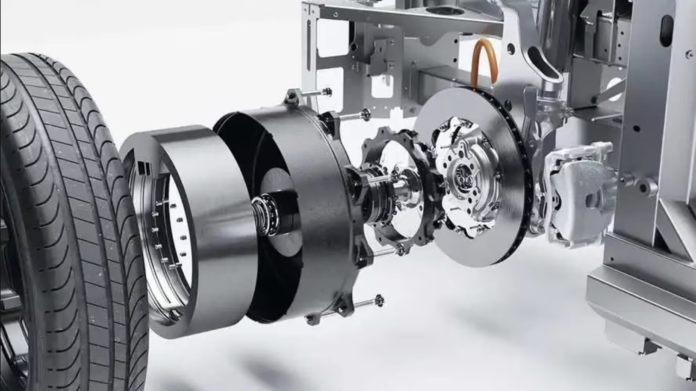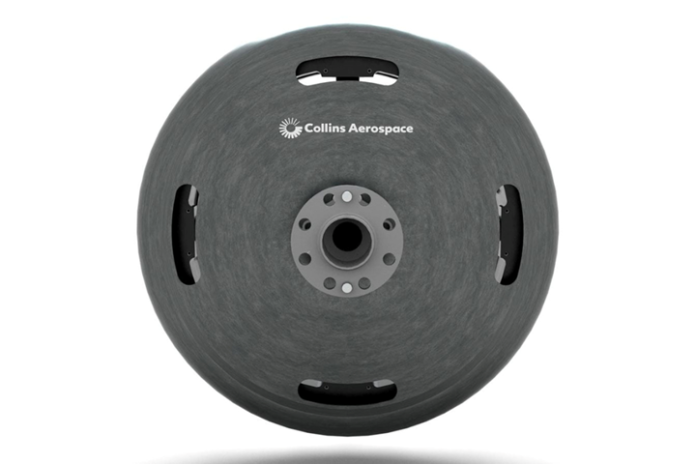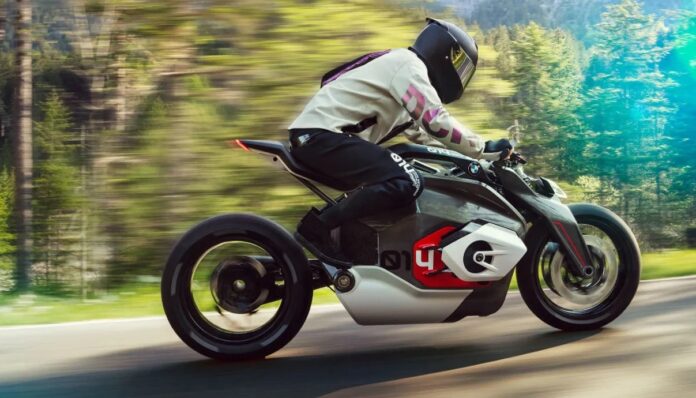Bosch Engineering, subsidiary of Bosch Group that offers complete engineering services, from the initial study to the mass production, presents its first electrification kit for the boats under 24 metres of length. The kit is composed by three key components: control unit, 400 V electric motor and inverter with integrated DC/DC converter (INVCON).
The design of Bosch synchronous permanent magnet high-speed 400 V motor grants high power density and efficiency. Moreover, the motor can be supplied with two power variants: one with maximum peak of 90 Kw and a weight of 30 Kg, the other with maximum power of 140 Kw and a weight of 63 Kg. Due to its compactness, the two versions can be easily housed in already existing systems, too.
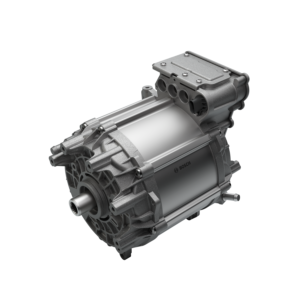 The inverter with integrated DC/DC converter, with a maximum power of 140 Kw, generates three-phase alternating current with variable frequency starting from the direct current of the battery, while it works in reverse in the recovery phase, when it acts as generator. Due to its small sizes, it is extremely compact and easily integrated into the boat.
The inverter with integrated DC/DC converter, with a maximum power of 140 Kw, generates three-phase alternating current with variable frequency starting from the direct current of the battery, while it works in reverse in the recovery phase, when it acts as generator. Due to its small sizes, it is extremely compact and easily integrated into the boat.
Gianfranco Fenocchio, General Manager Bosch Engineering Italia, stated: «The nautical industry and the sea economy in general stake on sustainability and innovation, issues cared by Bosch Group. The electrification of boats represents the most important step to allow the sector to pursue the sustainability way. For this reason, starting from Bosch’s great tradition in the automotive and off-highway sectors, we are going to provide technological solutions in the boating sector, too».

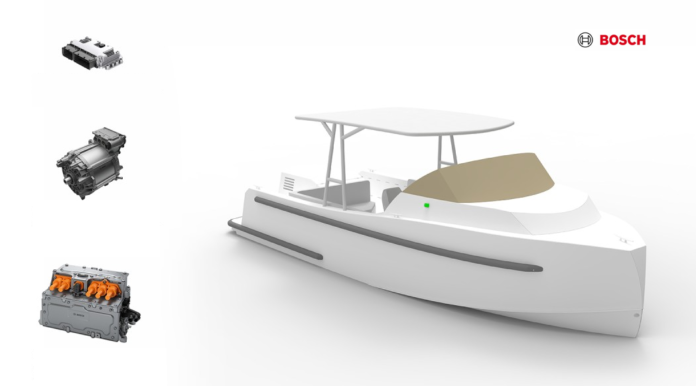
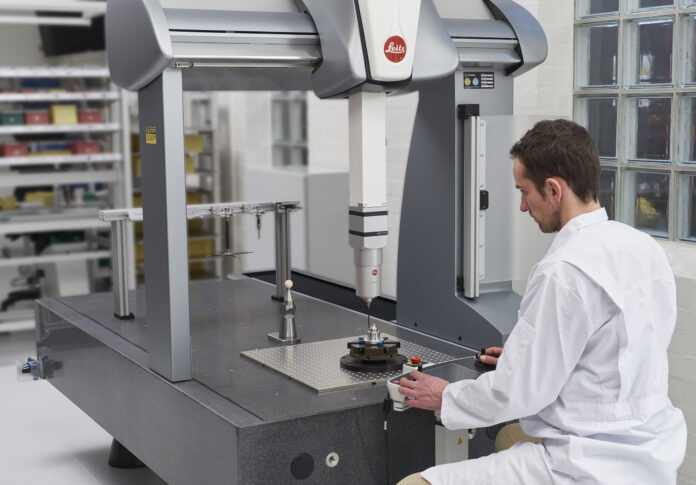
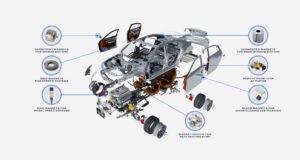 The quality of magnets is essential to guarantee optimal operation. Magnetic measurements and quality control measurements are an important part of determining the quality of a magnet. These measurements provide automotive suppliers with guarantees and are a standard part of the IATF16949 process. Using FEM simulations, engineers and product developers have a 3D visual of how the product behaves within a magnetic system. For example, in terms of the depth of a magnetic field or magnetic flux density on another ferromagnetic object. This not only validates the overall performance of a component, but also shows its magnetic performance. In this way, it is possible to optimize product performance, resulting in the best possible solution for a specific application. Such simulations accelerate the development and prototyping process because the shape, grade and size of a magnetic component can be quickly determined.
The quality of magnets is essential to guarantee optimal operation. Magnetic measurements and quality control measurements are an important part of determining the quality of a magnet. These measurements provide automotive suppliers with guarantees and are a standard part of the IATF16949 process. Using FEM simulations, engineers and product developers have a 3D visual of how the product behaves within a magnetic system. For example, in terms of the depth of a magnetic field or magnetic flux density on another ferromagnetic object. This not only validates the overall performance of a component, but also shows its magnetic performance. In this way, it is possible to optimize product performance, resulting in the best possible solution for a specific application. Such simulations accelerate the development and prototyping process because the shape, grade and size of a magnetic component can be quickly determined.
